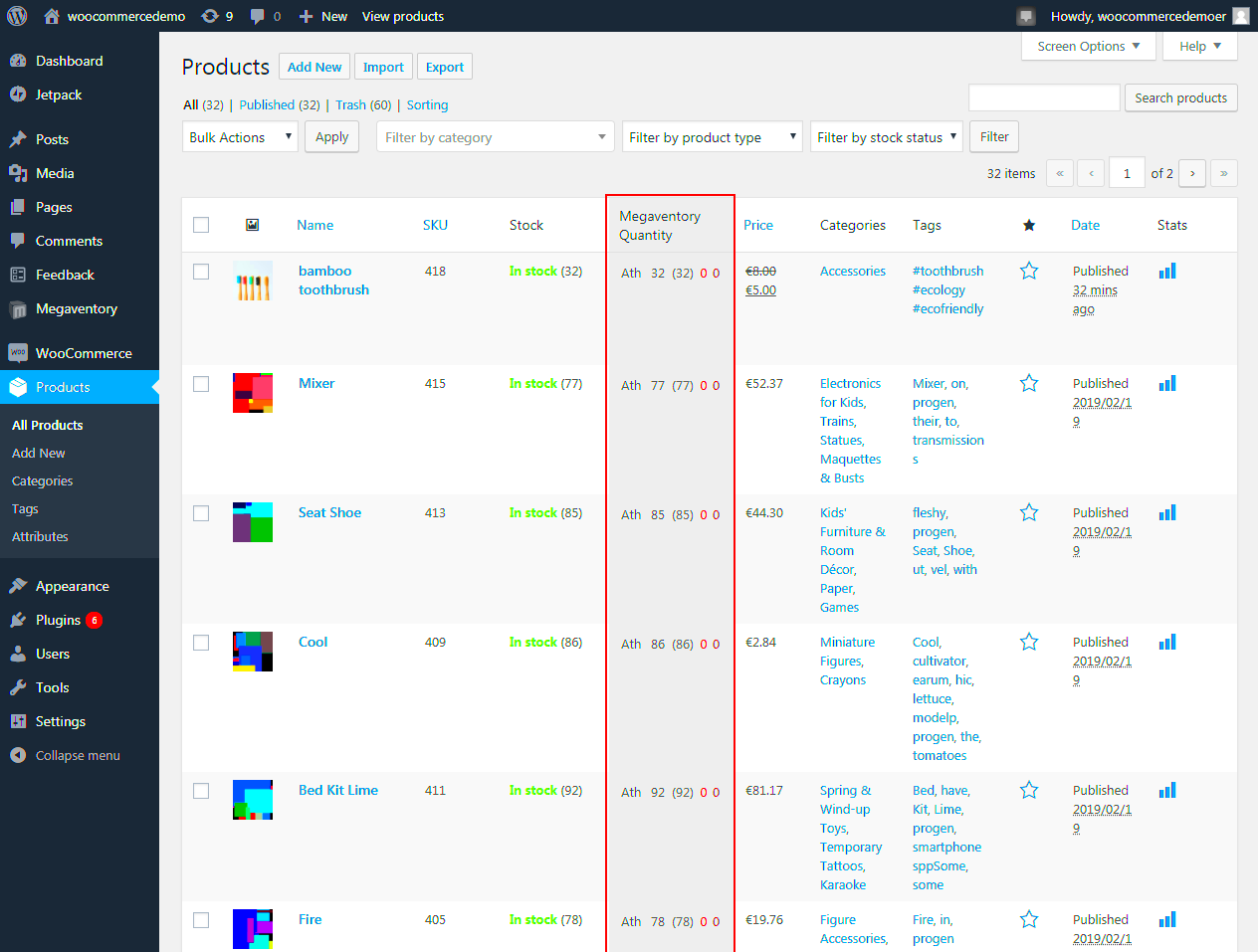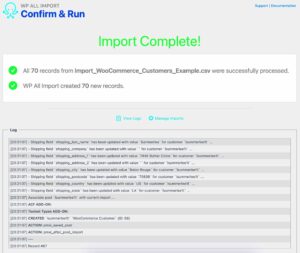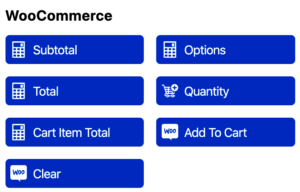Managing an online store can feel overwhelming, especially when it comes to tracking your inventory. That’s where WooCommerce comes in. As one of the most popular eCommerce platforms, WooCommerce offers a robust inventory management system that helps store owners keep things organized. With features designed to simplify the process, you can easily monitor stock levels, manage suppliers, and ensure your customers always know what’s available. Let’s dive into understanding
Understanding the Importance of Inventory Management
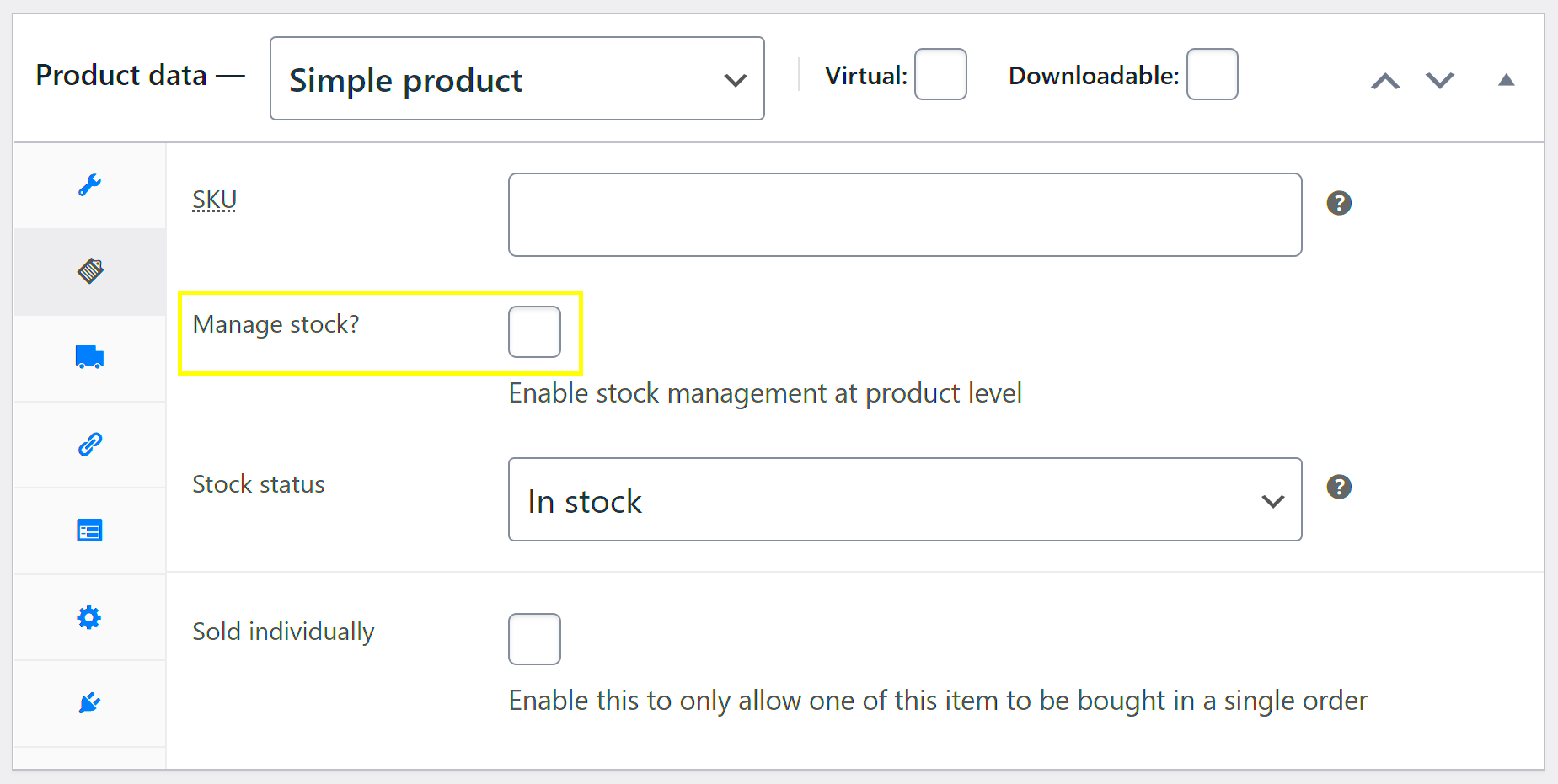
When you’re running a business, having the right products available at the right time is crucial. Effective inventory management not only saves you time but also helps maximize profits. Here’s a closer look at why it matters:
- Customer Satisfaction: Nobody likes to find out that a product is out of stock. A solid inventory system ensures you can meet customer demand, which leads to happier buyers and repeat business.
- Informed Decision Making: By keeping track of what sells and what doesn’t, you can make smarter purchasing decisions. This means knowing when to restock, what items to discontinue, and what to promote more heavily.
- Reducing Costs: Overstocks can lead to increased costs tied to storage and potential markdowns, while understocking can result in lost sales. An efficient inventory management system strikes the perfect balance.
- Streamlined Operations: Inventory management helps automate various tasks, like ordering new stock, updating product information, and handling returns. This minimizes manual work and helps your team focus on growth.
- Legal Compliance: Proper inventory records can assist in compliance with regulations and health standards, especially for businesses dealing with perishable goods.
In summary, effective inventory management can be the difference between a thriving online store and one that struggles to stay afloat. With WooCommerce, you have the tools you need to succeed!
Key Features of WooCommerce Inventory Management
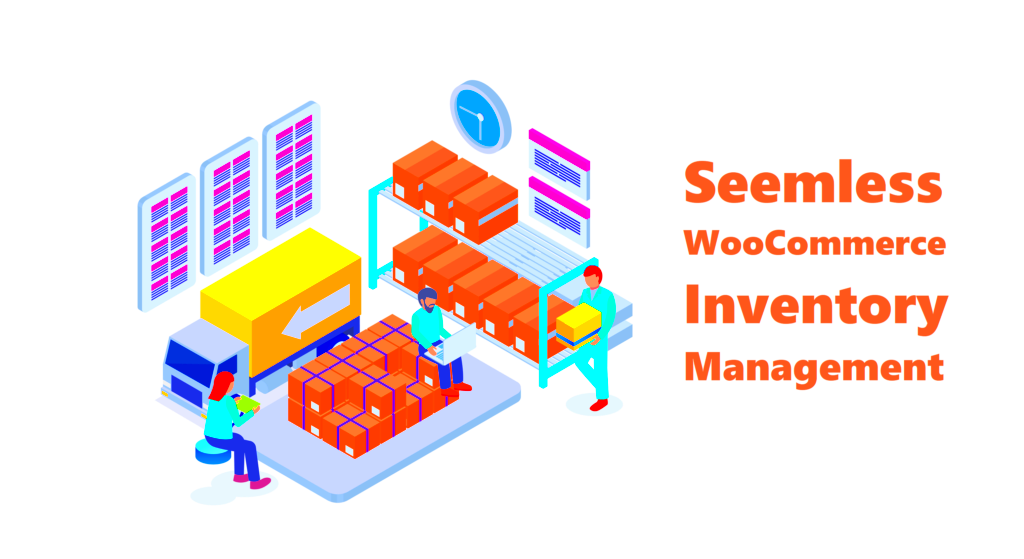
When it comes to managing your online store, WooCommerce offers a robust set of features that make inventory management a breeze. Let’s dive into some of the key features that can help you keep track of your stock with minimal hassle.
- Real-Time Stock Updates: WooCommerce provides real-time inventory tracking, ensuring that your product quantities are always up-to-date. This feature helps prevent overselling and keeps your customers informed about product availability.
- Stock Status Notifications: You can set stock status labels such as “In Stock,” “Out of Stock,” or “On Backorder.” These notifications appear on your product pages, letting your customers know exactly what they can expect.
- Low Stock Alerts: WooCommerce allows you to set low-stock thresholds for each product. When the stock level drops below this threshold, you’ll receive an alert, helping you restock timely.
- Bulk Stock Management: Updating inventory one product at a time can be tedious. With WooCommerce, you can manage stock levels in bulk, making it easier to update multiple items simultaneously.
- Category Based Inventory: You can organize your inventory by categories, making it easier to manage multiple products or types of inventory efficiently.
Utilizing these features not only streamlines your inventory management process but also enhances your overall efficiency. With WooCommerce, you can spend less time worrying about stock levels and more time focusing on growing your business.
Setting Up Your WooCommerce Inventory
Setting up your WooCommerce inventory doesn’t have to be a daunting task. With a few simple steps, you can get your stock organized and ready to go. Here’s a straightforward guide to help you kickstart your inventory management.
- Install WooCommerce: If you haven’t already, start by installing the WooCommerce plugin on your WordPress site. This will allow you to access all the features necessary for inventory management.
- Add Products: Go to the WooCommerce section on your dashboard and select ‘Products.’ From there, you can begin adding products. Be sure to include key details such as product name, description, price, and images.
- Configure Inventory Settings: Under ‘Product Data,’ navigate to the ‘Inventory’ tab. Here, you can manage stock status, SKU, and enable stock management at the product level. Don’t forget to set your low stock notifications!
- Organize by Categories: Create categories for your products. This not only helps your customers navigate your store, but it also streamlines inventory management.
- Use Bulk Actions: If you have a large number of products, consider using bulk actions for editing and managing stock levels. This can save you a lot of time.
With these steps, your WooCommerce inventory should be set up and ready for action. Regularly review and update your inventory to ensure your store operates smoothly and your customers have access to the products they need. Happy selling!
Automated Inventory Management Solutions
Managing inventory can often feel like a daunting task, especially when your WooCommerce store starts to grow. This is where automated inventory management solutions come in. These tools help streamline the process, save time, and reduce human error, allowing you to focus more on growing your business.
Automated inventory systems can handle a range of tasks, including:
- Tracking Stock Levels: Automatically keeps track of how much stock you have on hand, so you never run out of popular items.
- Alerts and Notifications: Sends alerts when stock levels are low and helps you plan for restocking.
- Real-Time Updates: Provides real-time updates for sales and inventory levels, ensuring your data is always current.
- Integration with Other Tools: Many solutions integrate seamlessly with other platforms, like shipping and accounting tools, leading to an efficient workflow.
Some popular automated inventory management solutions for WooCommerce include:
- TradeGecko
- Stocky
- SkuVault
Incorporating these automated tools can significantly reduce the manual effort required for inventory management. Plus, they provide valuable insights into your sales trends and stock movements, helping you make informed decisions for future inventory purchases.
Best Practices for Managing Inventory in WooCommerce
Effective inventory management is key to the success of your WooCommerce store. Whether you’re a newbie or a seasoned entrepreneur, here are some best practices to keep your inventory in check.
1. Regular Audits
Conducting regular inventory audits helps you maintain an accurate count of your products. This could involve:
- Physical Counts: Manually count items on a scheduled basis.
- Cycle Counts: Regularly count a subset of inventory to identify discrepancies.
2. Utilize Inventory Management Software
Leverage inventory management software to make processes easy and efficient. This can include tracking sales trends, automating alerts for low stock, and integrating sales data across different platforms.
3. Classify Your Inventory
Implement the ABC analysis method to categorize your inventory based on importance and sales volume:
| Category | Description |
|---|---|
| A | High-value items with low sales frequency |
| B | Moderate-value items with moderate sales frequency |
| C | Low-value items with high sales frequency |
4. Plan for Seasonal Changes
Understanding seasonality can help you forecast inventory needs more effectively. Anticipate high-demand seasons and adjust your stock levels accordingly.
5. Keep Your Suppliers in the Loop
Maintaining open communication with your suppliers can save you from facing stock-outs. Regularly update your suppliers about your inventory needs for smoother replenishment.
By following these best practices, you can manage your inventory in WooCommerce more effectively, ensuring that you not only meet customer demand but also maintain a healthy profit margin as your business grows.
7. Utilizing Inventory Management Plugins
When it comes to WooCommerce inventory management, plugins can be your best friends. These handy tools can automate, streamline, and enhance your inventory processes, making them incredibly efficient. Instead of manually updating stock levels, why not let technology do the heavy lifting?
There are numerous inventory management plugins available for WooCommerce—some free and some paid. Each has its unique features, so it’s essential to choose one that aligns with your specific needs. Here are a few options you might consider:
- WooCommerce Stock Manager: This plugin is popular for managing stock levels easily. You can update stock, backorders, and even price adjustments all in one place!
- TradeGecko: An excellent choice for tracking inventory across multiple sales channels, providing insights into sales trends.
- ATUM Inventory Manager: Known for its user-friendly interface, ATUM lets you manage every aspect of your inventory—right from purchase to sale.
Integrating these plugins usually involves a few simple steps:
- Visit the WordPress Plugin Directory and search for your chosen plugin.
- Download and install the plugin directly from your WordPress dashboard.
- Configure settings to tailor the plugin functionality to your store’s needs.
Don’t forget to keep your plugins updated! This ensures optimal performance, security, and access to the latest features. By utilizing inventory management plugins, you’ll be well on your way to creating an organized, efficient, and effective WooCommerce shop.
8. Common Challenges and Troubleshooting Tips
While WooCommerce inventory management offers great tools and plugins to simplify the process, it’s not without its pitfalls. Understanding common challenges can help you navigate them more efficiently. Here are a few hurdles you might encounter:
- Stock Level Discrepancies: Sometimes, stock levels in your system don’t reflect reality, leading to overselling or stockouts.
- Complicated Returns: If you have a high return rate, managing inventory can get tricky.
- Managing Multiple Channels: Selling on various platforms requires synchronized inventory, which can be a logistic nightmare.
So, how do you troubleshoot these challenges? Here are some proven tips:
- Regular Audits: Perform regular stock audits to verify stock levels align with your WooCommerce records.
- Automate Returns Management: Implement an automated system for returns to streamline processes.
- Centralize Inventory Tracking: Use a reliable inventory management plugin that syncs all your sales platforms into one system.
By identifying these common challenges and employing effective troubleshooting strategies, you’ll find that managing your WooCommerce inventory becomes less daunting. Remember, it’s all about finding the right tools and establishing solid processes that work for you!
Conclusion: Streamlining Your WooCommerce Inventory Management
Managing inventory efficiently is crucial for the success of any WooCommerce store. An effective inventory management system can help you track stock levels, manage orders, and understand product performance, ultimately leading to increased sales and customer satisfaction. Here are some key strategies and tools to simplify your WooCommerce inventory management:
- Utilize Inventory Management Plugins: Leverage plugins like “WooCommerce Stock Manager” or “ATUM Inventory Management” to gain enhanced control over your inventory with added features for tracking and reporting.
- Automate Stock Alerts: Set up automated email notifications for low stock levels to ensure timely reordering and prevent stockouts.
- Centralize Multi-Channel Sales: Use tools like “Sellbrite” or “ChannelAdvisor” to synchronize inventory across multiple platforms, reducing overselling risks.
- Conduct Regular Audits: Perform frequent inventory counts to identify discrepancies, assess product performance, and make data-driven decisions.
- Analyze Sales Data: Use analytics tools to review sales trends, allowing you to adjust purchasing and stocking strategies accordingly.
By implementing these solutions and utilizing effective inventory management tools, WooCommerce store owners can streamline their operations, improve customer satisfaction, and ultimately drive revenue growth.

